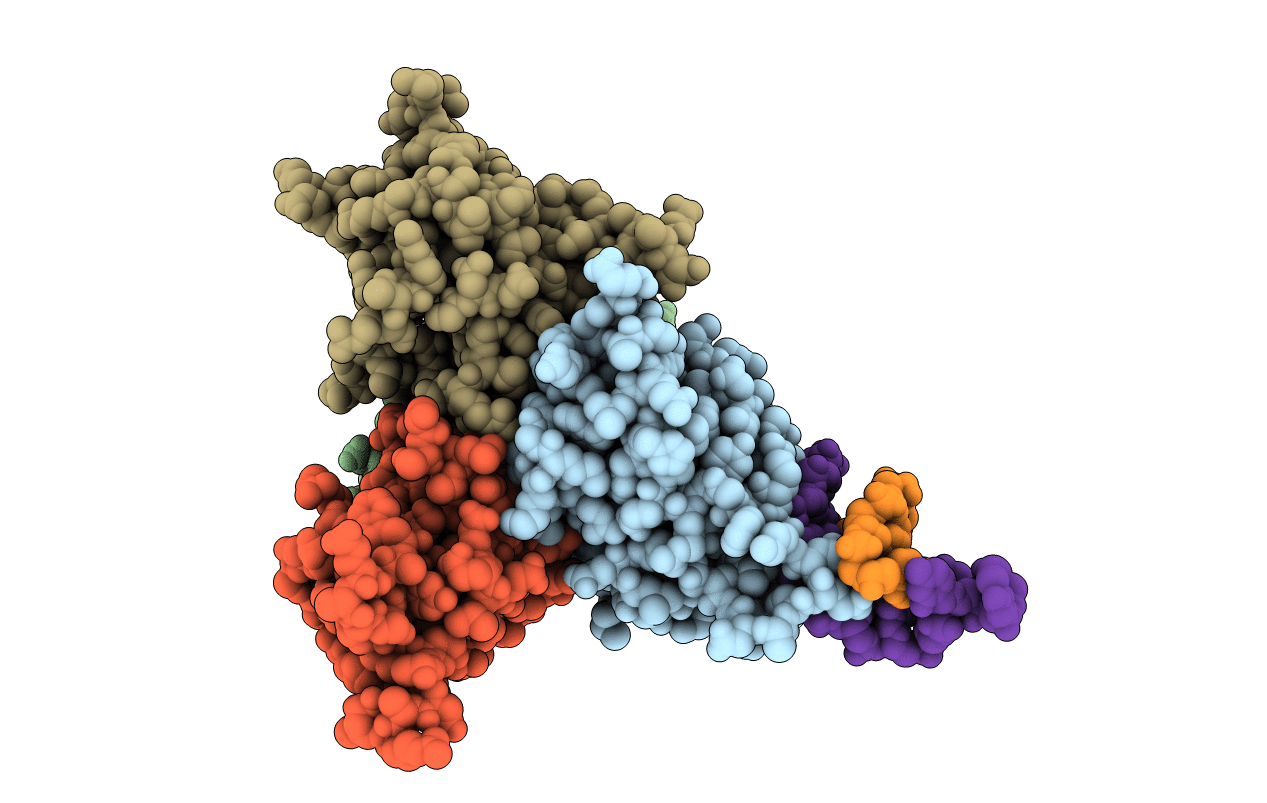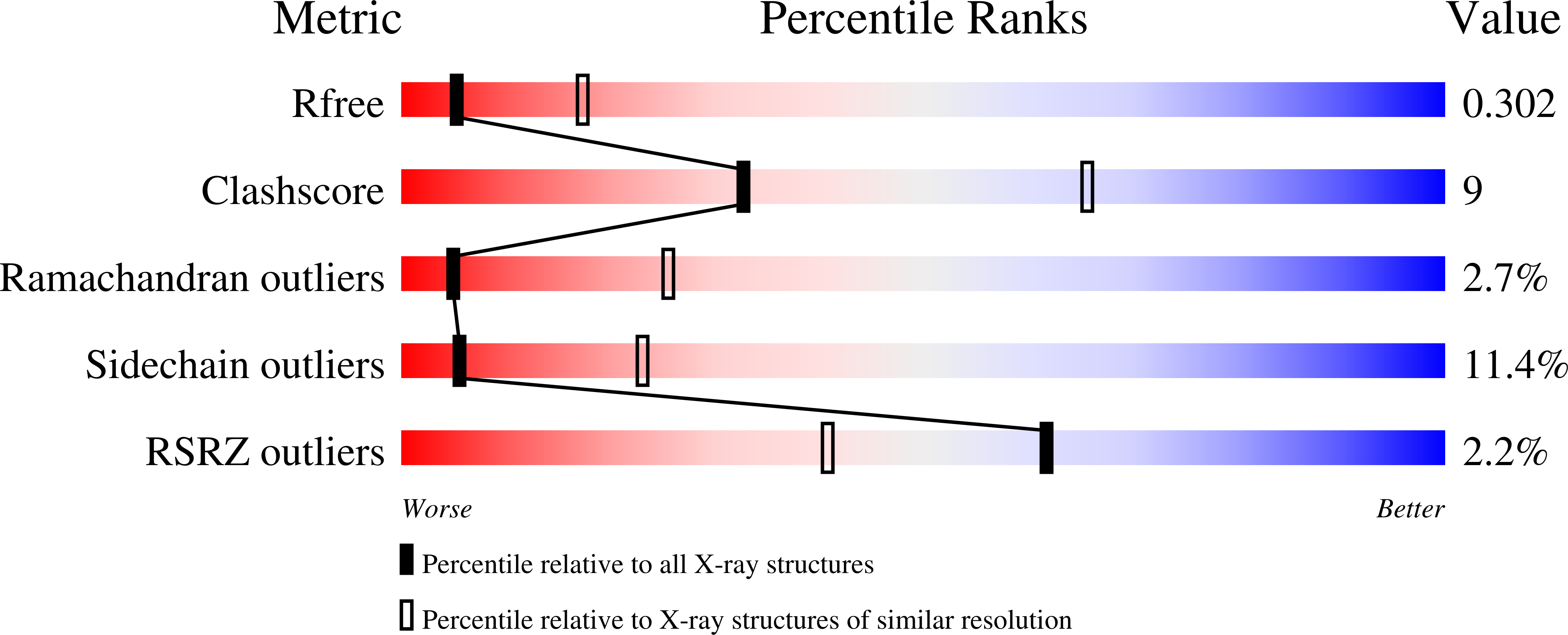
Deposition Date
2007-02-06
Release Date
2007-03-20
Last Version Date
2024-02-21
Entry Detail
PDB ID:
2OST
Keywords:
Title:
The structure of a bacterial homing endonuclease : I-Ssp6803I
Biological Source:
Source Organism:
Synechocystis sp. (Taxon ID: 1148)
Host Organism:
Method Details:
Experimental Method:
Resolution:
3.10 Å
R-Value Free:
0.32
R-Value Work:
0.27
R-Value Observed:
0.28
Space Group:
I 4 2 2


